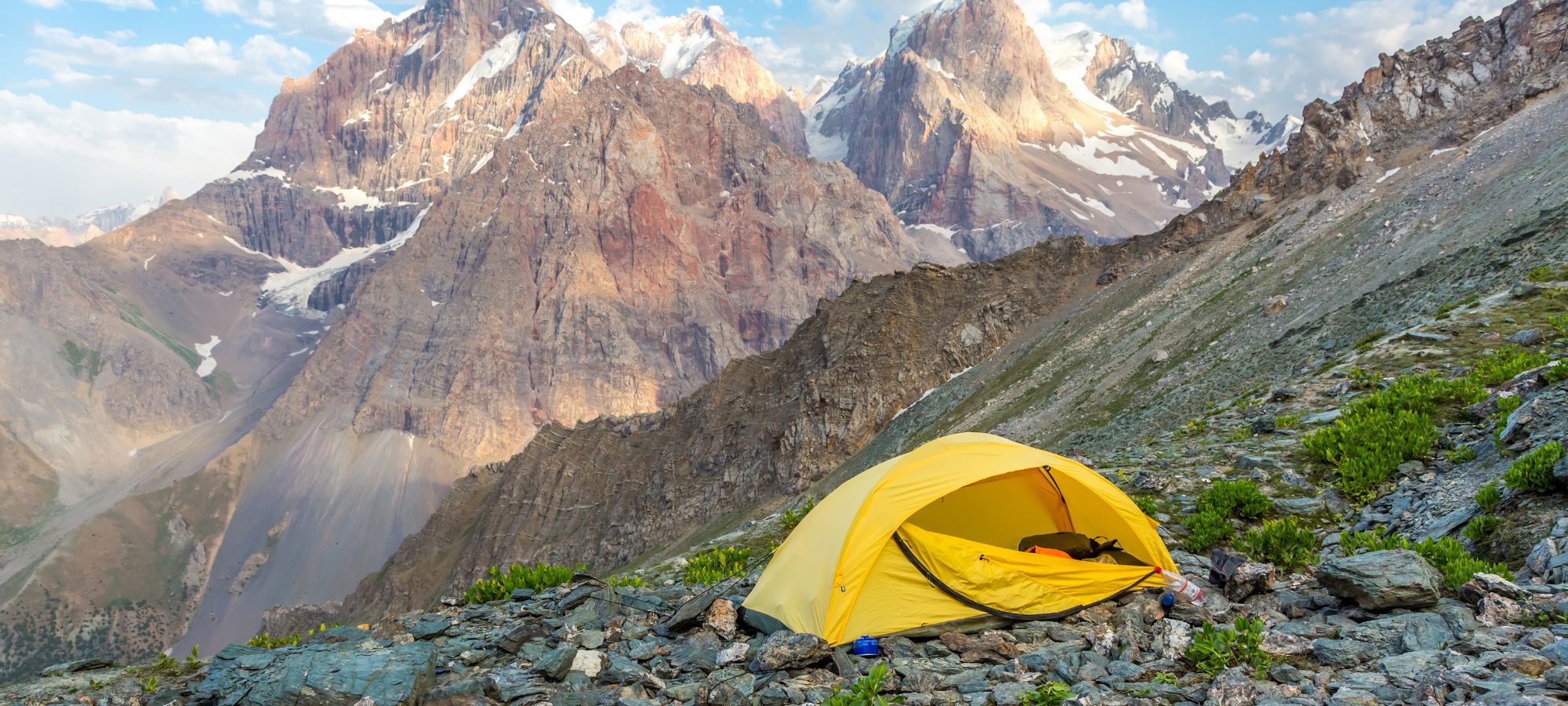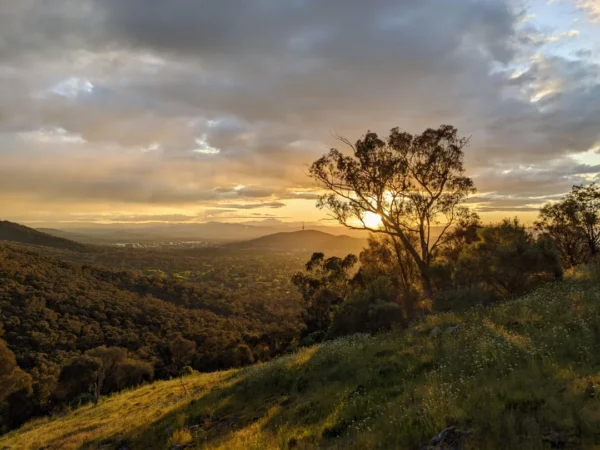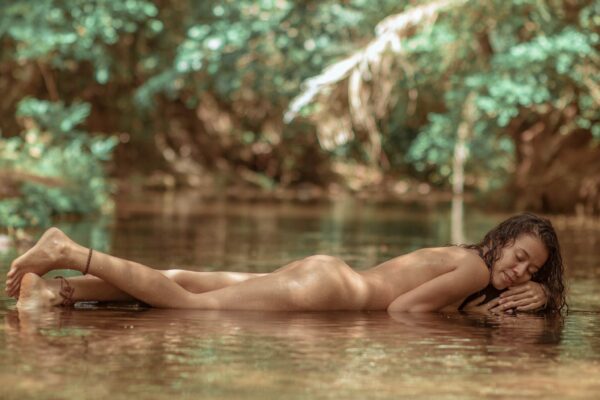Sleeping outdoors is one of the most glorious parts of camping. Away from traffic noise and morning alarms, you fall asleep under the stars and wake to the sound of kookaburras instead. And having the right tent is key for a good night’s sleep in the wild, but how do you choose from the hundreds of options on the market? Here are a few tips for buying a tent and sleeping outdoors.
Choose your adventure
The first question to ask yourself is what kind of camping will you be doing? If you’re planning on hiking with everything on your back, then you want a designated lightweight hiking tent. If you’re planning on car-camping, then you probably want something bigger, especially if you need to fit the whole family.
Buying a tent that works for both purposes will be tricky and you’re likely to end up with something that isn’t quite right for either.
Choosing a hiking tent
Be very skeptical of the sizes listed on tents. If you’re adventuring solo, a one-person tent will fit you, but probably not your gear as well. The same goes for a two-person tent, which will only just fit two people, but not any gear.
Sometimes you might get away with storing your pack outside your tent, but this leaves your precious gear at the mercy of the weather and all the wonderful/terrifying wildlife that Australia has to offer. A friend once left her pack out overnight, forgetting that she had a muesli bar inside. We woke to a gang of possums tearing through her bag to get to the crumbs. Luckily the bag was fine (just a little slobbery), but it was a good lesson in why it’s best to stash your pack. So remember to size up when buying your tent!
Once you’ve decided on a size, it’s time to think about weight. When you’re hiking, lighter is better, but less weight often equals more money. Beware of anything that is extremely light and cheap, as it might be too good to be true.
It comes down to preference and budget, but it’s a good idea to stick to under 3kg for a two-person tent. There are lots of brands that do quality, lightweight hiking tents, including MSR and Big Agnes.
There are some ultralight options, but to get a tent weighing under 1kg you usually need to spend a lot of money and be prepared to sleep in something resembling a plastic bag. Some ultralight tents also require the use of hiking poles in place of tent poles, so remember to check the fine print.
Try before you buy
If you’re just starting out and want to try sleeping in a tent without spending a fortune, some stores will hire out gear for a small fee. If you decide you like the tent, you can even purchase the ex-hire gear at a lower cost. Checking Gumtree or Facebook Marketplace is another great way to purchase second-hand gear on a budget.
Buying a camping tent
Whether you’re heading out for a weekend or going bush for an extended period, you want a tent that’s spacious, easy to set up, and able to withstand whatever weather is thrown your way.
There are lots of tents on the market that are quick to assemble and even allow you to stand up inside, like the BlackWolf Turbo Light Tent (sounds like a car engine but it’s a good tent).
These tents can be expensive and don’t pack down very small, so if you’re looking for something a little more compact and cost-effective, a dome tent is a way to go. They offer the same floor space as instant-up tents, you just can’t stand inside. I like to maximise my time outdoors when camping, so dome tents provide me with plenty of space to sleep and store my belongings. Plus, they pack down fairly small, which leaves more room in the car for snacks and wine. I find dome tents just as easy to set up and pack down too.
Tips for getting a great night’s sleep outdoors
- Choose the season rating of your tent based on the type of conditions you’re expecting for your adventures.
- Try out your tent in your backyard before you go. I once set up a new tent at home to find it was faulty. If I discovered this while out hiking, I would not have been a happy camper… Trying out your tent at home for the first time gives you the added bonus of knowing how it works when you head out into the wild.
- Stay dry by keeping yourself and your gear away from the edge of the tent. If your fly is loosely pegged or if your mattress is pressed up against the edge of a tent, you might wake up in a soggy predicament.
- Choose a flat, smooth, and dry place to pitch your tent. If you’re expecting hot days and would like to enjoy a sleep-in, opt for a shady spot.
- Have the right sleeping bag and mattress for the conditions. Check out Di’s Top Tips for more on sleeping in the wild.
- Ditch the fly to experience the full magic of sleeping outdoors. If you’re expecting a dry and warm night, consider removing the fly. This will give you a better view from bed than any five-star hotel. Relaxing in your tent while you look up at the stars might just make you want to sleep outdoors permanently.









